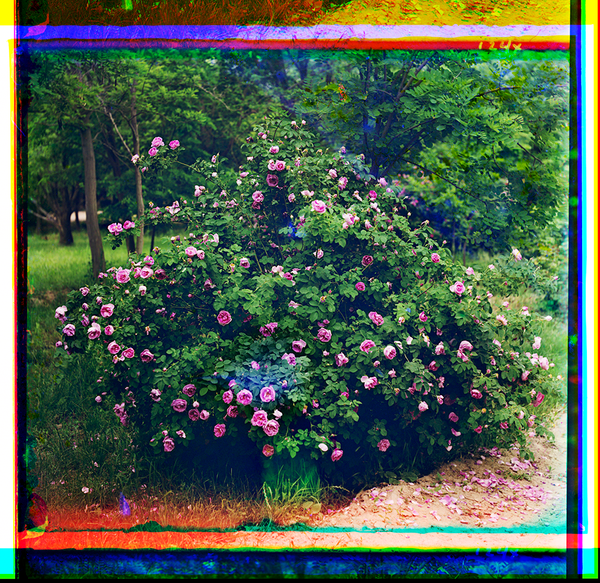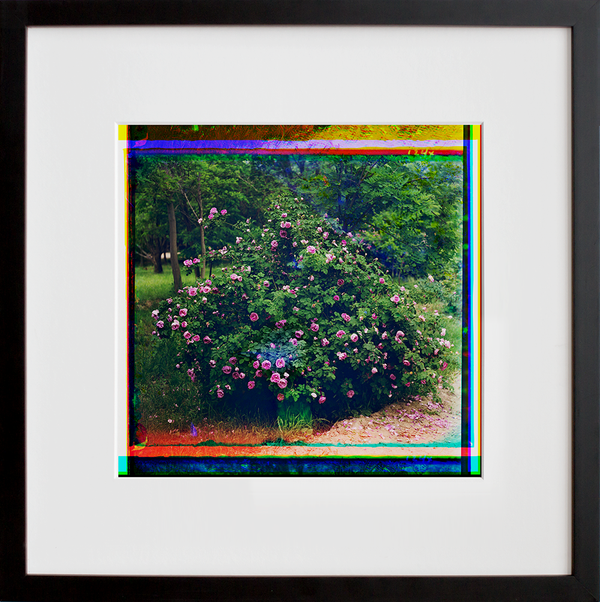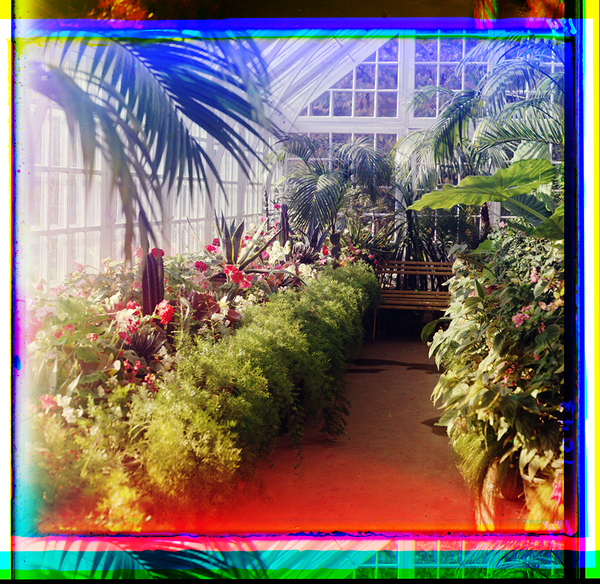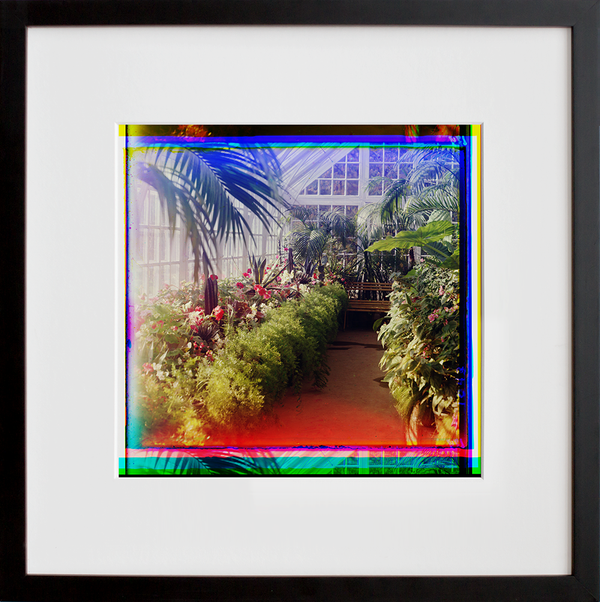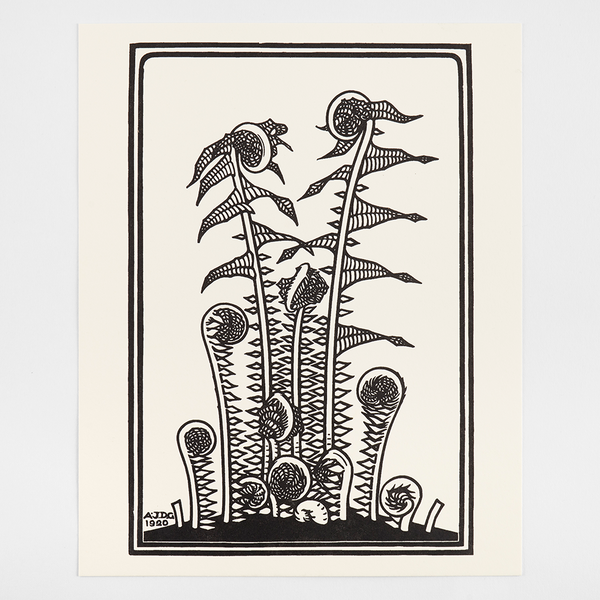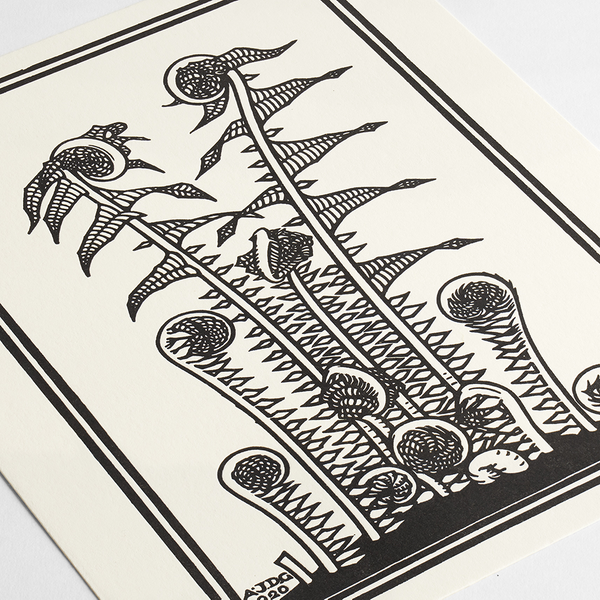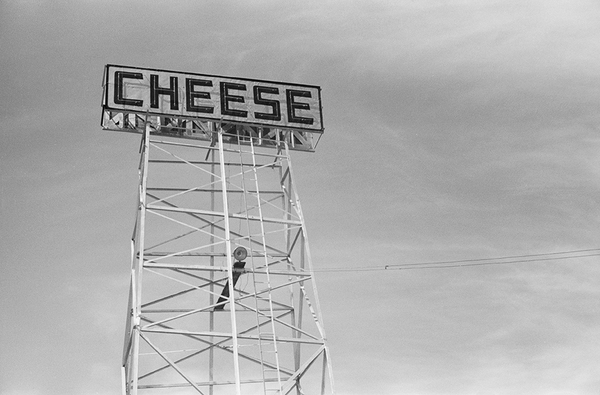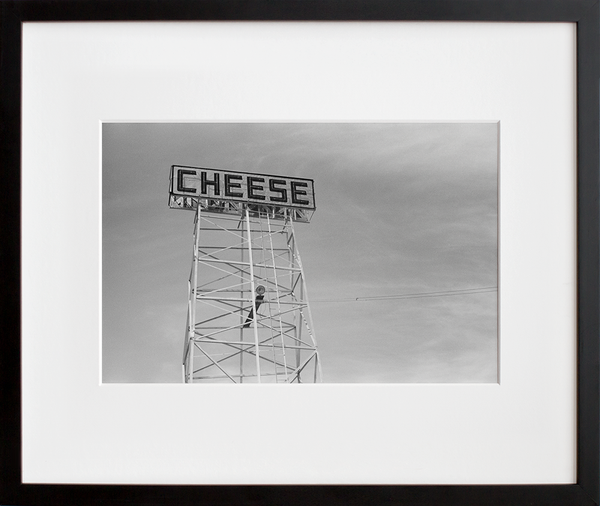
The Ten Largest, No. 7, Adulthood, Group IV by Hilma af Klint
10"x8" ($24) | 14"x11" ($60) | 20"x16" ($240) | 30"x24" ($800) | 40"x30" ($1800)
Collect this edition
It’s with extreme (and arguably long-winded) enthusiasm that we introduce our newest Vintage Edition, from the once widely unknown foremother of modern abstract art: Hilma af Klint. You may be thinking Wassily Kandinsky, Piet Mondrian—these are some of the names that come to mind when most people identify early leaders of the genre. But af Klint began her bold abstractions several years before them, and now that her work has been surfacing in a more public sphere, the extent of this visionary artist’s groundbreaking abilities is becoming known.Springing from spiritualism and swarming with symbolism, color coding, and clues, The Ten Largest, No. 7, Adulthood, Group IV is a time traveller of sorts, a messenger from 1907 with a confoundingly contemporary air. We came face-to-face with this work at Hilma af Klint: Paintings for the Future, the exceptional Guggenheim exhibition (open through April 23rd!) where the original is displayed along with the rest of the series to which it belongs, a group of colossal paintings af Klint called The Ten Largest. The ten paintings are the first to greet you upon entering, an ecstatic introduction that sets the tone for a bewildering and distinctively beautiful assemblage of art.
The Ten Largest, No. 7, Adulthood, Group IV is the seventh in the series, which as a whole is meant to represent the human life cycle through abstract, symbol-packed depictions of the different phases of life—from early childhood to old age. At 10 feet high and 8 feet wide each, to experience these pieces in person renders one rather delirious. The immersive paintings engulf you in swaths of color, concentric circles, curves, and other shapes that seem to be unraveling in front of you. There are intimations of letters and numerals, botanical and biomorphic forms, fantasy figures, symbols, recurring motifs and meditative movement.
No. 7 is the artist’s interpretation of adulthood in full bloom—the central yellow subject recalls a bloom and flower bulb. Free-wheeling organic forms of varying size and color float against a pale lilac background, interconnected yet separate, inflected by script, lettering, and diagrammatic lines. Snail-shell spirals, shapes reminiscent of cell division and the phases of the moon, and other symbols of growth and fertility appear throughout.
The Guggenheim exhibition is a milestone—the first full scale retrospective of af Klint’s work. At the time of her death in 1944, none of her work had been seen by outsiders. She left over 1,000 paintings and drawings and a huge collection of notebooks and sketchbooks to her nephew, with instruction to keep them away from the public until 20 years after her death. It took several decades longer for the art world to catch onto her oeuvre’s historical importance.
The Guggenheim show and the fresh “discovery” of her arresting and enormous body of work have fomented a huge amount of recent writing about af Klint, and we only scratch the surface here. Her creative process is so interesting and complex it invites endless analysis. It will leave you pleasantly swirling, like a good long look at No. 7. In specific (if specificity is something that can even be applied to af Klint’s off-the-wall genius), you’ll be forgiven for thinking her spiritual and philosophical life enigmatic and inscrutable, but there’s a sense that the act of grappling to understand her motivations and the meaning behind her art is more important than understanding itself.
A longtime student of spiritualism—Anthroposophy, Theosophy, and Rosicrucianism among her interests—af Klint began meeting regularly with a group of four other like-minded female artists in the 1890s. They called themselves “The Five” (“De Fem” in Swedish) and together they explored the occult, practiced various forms of spiritualism, took extensive notes, engaged in exercises of automatic drawing and writing, and attempted to communicate with a higher consciousness. While immersed in what art historians and critics often refer to as “trance-like states”, The Five claimed to have eventually tapped into a spiritual entity that called on af Klint to create The Ten Largest, and other paintings to fill the walls of a theoretical temple. In 1906, she began work on “The Paintings for the Temple”—commission by supernatural spirit, if you will.
This is a lot to wrap the mind around, but whether the inner workings of af Klint's creative inspiration are opaque or not, the tremendous beauty and elaboration of her artworks is unequivocal. It’s true that every single aspect of an af Klint painting has manifold layers of meaning you might be tempted to dig deeper into. And rest assured—the artist rigorously recorded everything. She documented her color coding and linguistic systems. She made meticulous notes, studies, and visualizations. The Guggenheim exhibition presents a selection of her notebooks, but Christine Burgin’s recently published tome, Hilma af Klint: Notes and Methods, features more detailed reproductions of some of af Klint’s writings, including a 17-page glossary unpacking the significance of the obscure lettering that appears in af Klint’s paintings.
It’s undeniable that af Klint was positively scientific in her pursuit of the ethereal, in her spiritually-driven desire to transcend the tangible. But at the root of all the methodical obsessing and brilliant art-making is an irrepressible, infectious lust for learning. One of the reasons we find ourselves so absorbed in The Ten Largest, No. 7, Adulthood, Group IV and af Klint’s larger body of work is the way it involves us in the process of discovery, the joy of mystery, her genuine engagement and interest in learning life’s secrets. When the weight of the world feels crushing and confusing, a little of af Klint’s attitude goes a long way.




